Conejos River
Blog 287: Slow Ducks and High Peaks
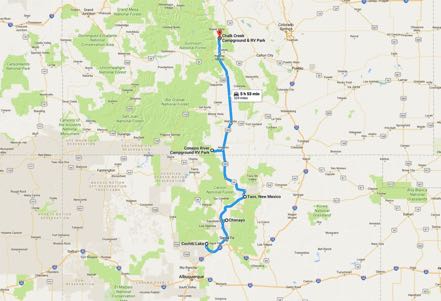
North to Colorado
Leaving Cochiti Lake we backtracked south, got on I-25 North, took the 599 bypass, and continued north on 285. Our plan was to take 285 north all the way to Highway 17 just a few miles into Colorado and continue the 12 miles to our campground. Good plan…good roads…only 158 miles. However…driving a few miles past Espanola, I noticed that the highway sign I spotted did not declare Highway 285 as expected. It said Highway 68. Oops! A ways back we turned slightly right instead of slightly left. No big deal, I thought, thinking that there had to be several east-west highways that could get us quickly back on track. Not bothering to check my maps, Jan plugged in the phone Google Map and we followed their plan.
It told us to take 570 North, then 115 North to 567 West, where we would then link back up to 285 at Taos Junction. Sounded straightforward. However, a few alarm bells started to chime in the back of my head immediately upon getting on to 570, as the road was very narrow, very steep, and very curvy. One had to hug the middle of the road, look way ahead for oncoming traffic, and use both lanes in certain areas. So, it was a slow and a little tense driving. However, the views were spectacular.
In many places the road was less than twenty yards from the waters of the Rio Grande and almost at eye level. We were in the Rio Grande Norte National Monument and on the Taos Indian Reservation—beautiful country. We passed several campgrounds, and one of them (Pilar) looked big enough to camp in—we will consider in the future.
Back to our journey: We slowly wound our way around and were within a mile-and-a-half of linking up to our next road when we spotted a tall, very skinny bridge crossing the Rio Grande. Jack and I got out to explore. The good news was that the one-lane bridge was tall enough to pass under, and there was no sign stating a weight limit (that was probably a good sign). We walked over the bridge and saw that the narrow dirt road on the other side appeared to go straight up into the mountain—a 12%, or more, grade.
After staring at this scenario for 30 seconds, I waved down a local. He said the road was passable for many vehicles, except that the first curve was a doosey, and no way we could take the coach. So, on to Plan B. We backtracked down to Highway 68, turned east instead of west and took it all the way through Taos. From there we took 64 West, passed the Taos Brewing Company, over the Rio Grande Gorge Bridge, and on to Tres Piedras, where we picked up 285, entered Colorado, and went on to our campground. Another small adventure.
Antonito, Colorado
Conejos River Campground is one of our favorites. It sits along the Conejos River and adjacent to the San Juan Mountains and the Rio Grande National Forest. At 8,500 feet there are views of mountains from all sides. I really like walking the pups down to the river and letting them run off leash. We had a nice time visiting with Pam and Gary, the owners, and told them we look forward to our next visit.
From here we turned east back to Antonito, and then north on 285. There were snow-capped mountains all along the way of this scenic drive.
Nathrop, Colorado
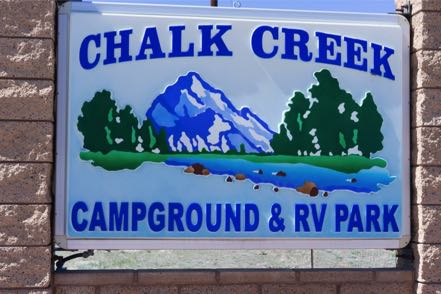
We have been to the Chalk Creek Campground many times over Memorial Day, and it has turned into a family tradition with the G-kids and their mom and dad driving down from Parker (SE side of Denver) spending the long weekend with us. We handpicked our site a year in advance finding a large one directly on the river, close to the playground, with a big fire ring for roasting ‘smores and telling tales. Here is a pic I shot from our galley window.
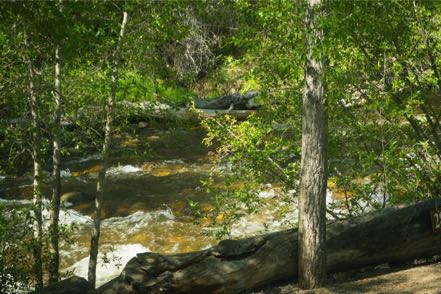
There are lots of things to do in this area: hot springing, horseback riding, rafting, water sliding, paddling, ghost-towning, mountain viewing, duck racing, candy bar bingo-ing, playgrounding, scenic driving, hot-dog roasting, and ‘smors-ing, to name a few. This year both Natalie and Austie won at the big Candy Bar Bingo event.
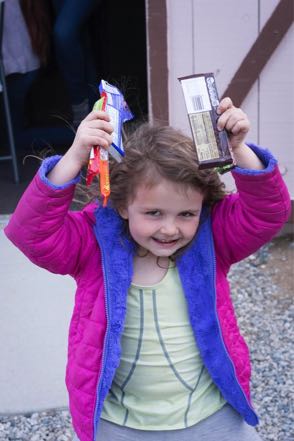
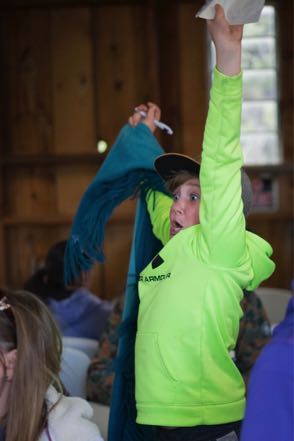

Alas, none of our ducks took the top prize in the Annual Duck Race. (We are all past winners :’), but it was fun nonetheless.
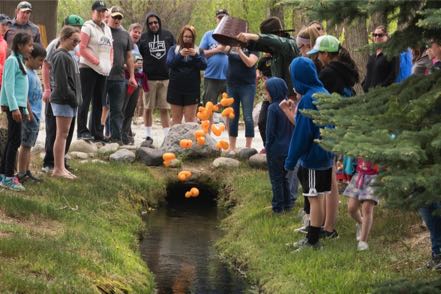
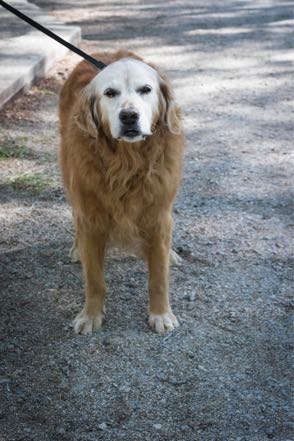
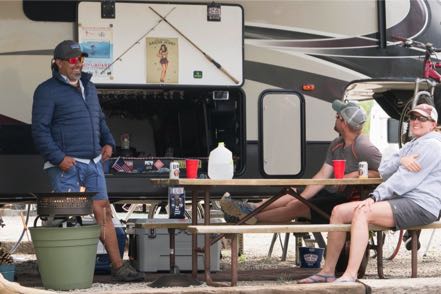
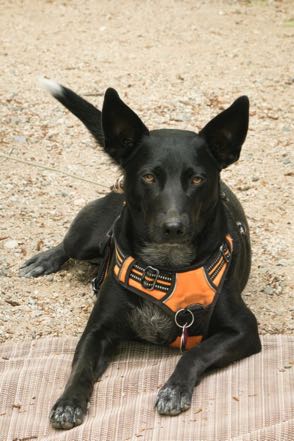
The campground is in the heart of the Collegiate Mountains, the range with the largest number of 14teeners in Colorado. If you like mountains, you have a 270-degree view from most anywhere. The large amount of snow that Colorado has received really emphasizes both the size and the majesty. For a few hours when Mom and Dad gave us a break, we took a drive up in the mountains in the Pike San Isabel National Forest.

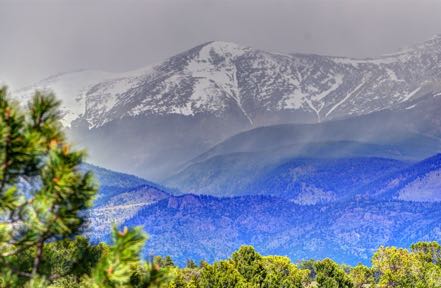
On another day, we took the backroads south of Poncha Springs and up to O’Haver Lake. We hope to be back next year.
Old Trucks
Here are three old trucks from the Old Truck Reserve.
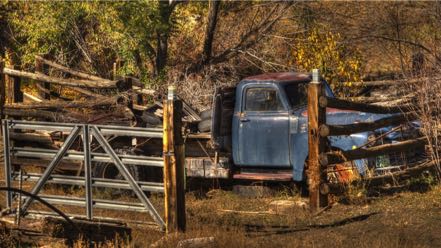

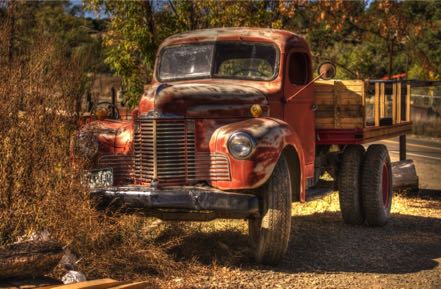
See you next time.
Travel Blog 259: Day Trips and Early Morning Jaunts
Leaving Elephant Butte State Park, we travelled 148 miles north on I-25 to our American RV Park destination just east of Albuquerque. Nice, easy trip.
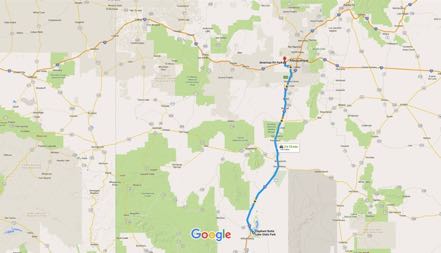
Side Trip to Sandia Peaks
After settling in we left the 5,000-or-so-foot altitude of Albuquerque and wound our way up to 8,500 feet at Sandia Peaks in the Cibola Forest. As the altitude rose, the temperature dropped, changing our mind about doing a hike at the top. Comfortable drive with great scenery.
Dog Park
In our continued attempt to socialize our new pup Jackson (aka Captain Jack Black) we took him to the dog park where he quickly learned the rules of multiple canine behavior. Here is a pic of Jack (lower left) learning it is sometimes better to observe than to be actually engaged.


Quick Trip to Chicago
I made a quick trip to Chicago to facilitate a workshop, lead a panel, and give a keynote speech at a symposium. Great group of people and lots of fun. Chance to talk and catch up with folks I’ve known for decades. Hope to do it again next year.
Day Trip
After returning from my work trip, we had one full day before heading out. We loaded up and did a three-mile, high-desert hike at Petroglyphs National Monument. During our trek we saw a brightly colored roadrunner pass and numerous, really big jackrabbits. In fact, one looked about the size of a Great Dane--before I fully recognized that the creature coming at us wasn’t a big coyote, I was chastising myself for not bringing pepper spray!

From there we decided to take the Abo Pass Trail that followed the Salt Missions Trail Scenic Byway for around seventy miles. It follows old trade routes and rail beds through the center of New Mexico. So from I-40 East we took 387 South through Escabosa and Chilili. We picked up 55 South and went through Tajique and Manzano to our first stop--the Quarai Mission Ruins just outside Mountain.
With the pups we walked around and through what was left of the old Spanish mission from the 1600s. From there we continued southwest on 60, going through the spot on the map marked Abo to the Abo Ruins Salinas National Monument Historical Marker, another interesting site along the mission trail. From there we picked up 47 headed north, diagonaled over at Los Lunas to I-25 and then I-40, ending our 150-mile loop.

On to Antonitos
After our good stay at Albuquerque, we took I-40 West to I-25 North. About 20 miles from Santa Fe, Jan said, “Today is the Santa Fe Farmer’s Market!” This is no ordinary farmer’s market--the chili selection is celestial, the baked bread is off the planet, and the cheeses are made just south of Heaven. After a two-minute conversation, we decided to make this detour. Salivary glands had already engaged, and I could taste the bread and cheese for our mobile lunch. We got off US 285, no problem as we knew where to go…however, finding a place to park our 62 feet of motor-home-plus-car turned out to be challenging. We found a space within a couple of blocks of the market, but it took up six parking spaces, and I quickly calculated the possible fine this might bring and suggested we postpone our visit. Reluctantly, we pulled out, got back on 285, and continued north through New Mexico.
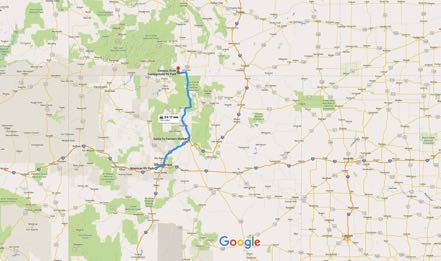
About 50 miles from the Colorado border with a perfect high-60s temperature, sunny skies, and light traffic, the hills and snow-topped mountains surrounded us, taking in 270 degrees of our view. Absolutely inspiring vistas.

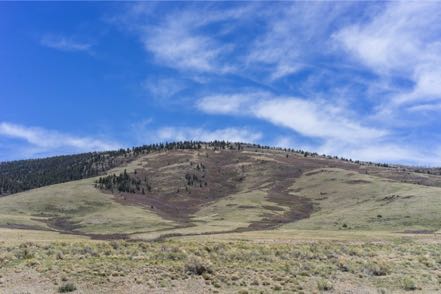
Conejos River RV Park
Six miles after crossing into Colorado, we turned west on Colorado 17 at the village of Antonito for the 12 miles to our Conejos River RV Park. At 8,500 feet of elevation, the air was naturally thinner, but so was the fly and mosquito population. This park had just opened May 1, and very few souls were in the camp that bordered the Conejos River and was within six miles from two national forests.
Over our three days at this campground we saw scores of birds of many shapes and variety: bluebirds, several kinds of finches, Western Tanagers. Great people, great vistas, and wonderful solitude when you wanted it.
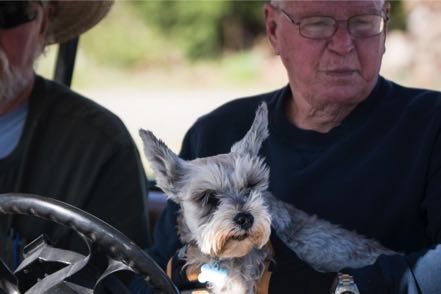
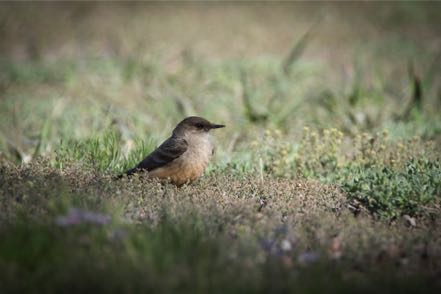
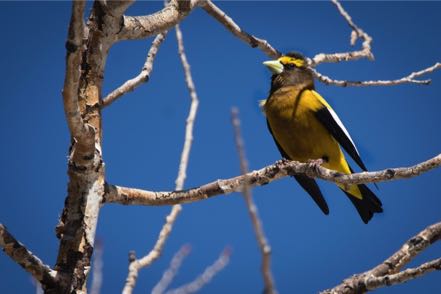

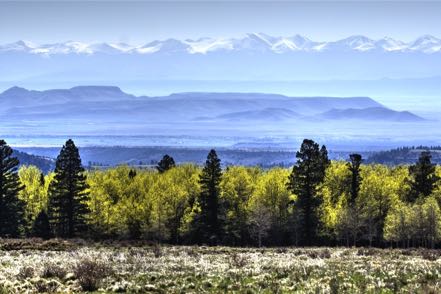
Early Morning Jaunt
Before sunrise on day one of our stay, we drove up Forest Road 101 into the Rio Grande National Forest. Alone on the dirt road we saw deer and a nice size herd of good-looking elk.
Another Early Morning Jaunt
With the temperature just over 30 degrees on day two, we headed west on Colorado 17, then headed northwest at the town of Horca, and were again moving into the Rio Grande National Forest on Forest Road 250. This dirt road paralleled the Conejo River high in its banks. We again saw deer and elk, prairie dogs, yellow-bellied marmots, desert bighorn sheep, chipmunks on every rock (well, almost every rock), a coyote, and scores of hummingbirds feeding on the bushes by the road.

And Another Early Morning Jaunt
On our last morning, we were again up and out at 6:00 a.m. into the chilly but calm 30-degree morning. This time we headed east on 17, and then quickly turned south on Road D.5, which led us into the Rio Grande Forest of Forest Road 103 that paralleled Big Horn Creek southwest into New Mexico and the Carson National Forest. We wound through forests of Ponderosa Pine laced with trees just starting to bud. In the distance we saw several herds of elk, obviously skittish of hunters. We saw pronghorn along the way and deer, and of course, more chippers. After passing Sublette, Toltec, and Osier Mountains, we came to the end of the road, Osier, at 9,624 feet. It is the watering station for the Cumbres and Toltec Scenic Railroad. At this wayside along the mountain we ran across a marmot sentinel, who was not happy about our arrival. Standing erect as a Queen’s guard on his rock pile, he loudly told me that I did not belong there.
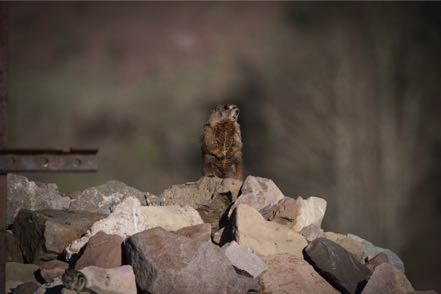
The railroad water tank was continually dripping and the whole locale was thick with swallows. In hopes it might connect with Highway 17, we took a narrow, steep, muddy path but it ended at the Rio de Los Pinos, much too deep to cross (six feet of fast-moving water). So we retraced our journey with mountain, valley, stream, and forest views along the way. During our three-hour trip, we saw only one vehicle and one person. Here are a few pics from the early morning jaunts.

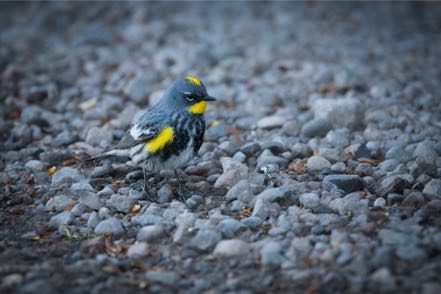
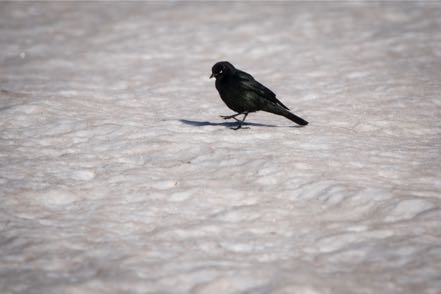
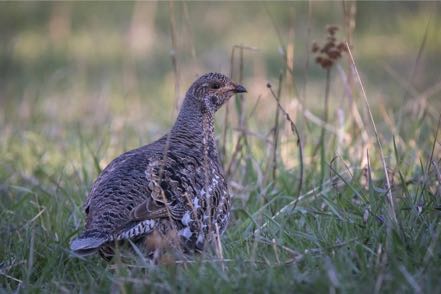
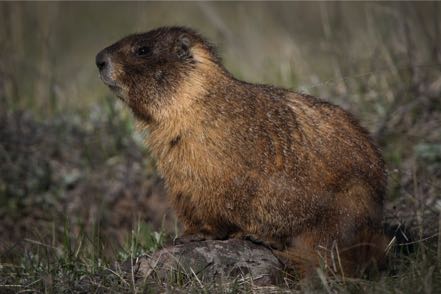
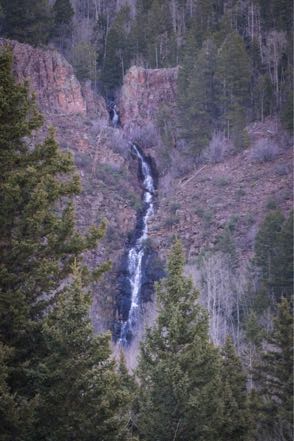
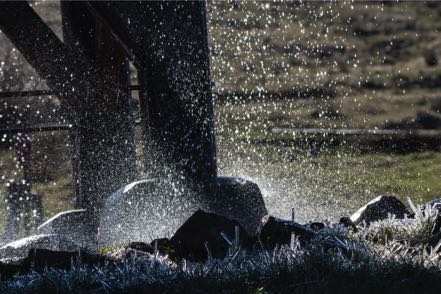

Side Trip to Sandia Peaks
After settling in we left the 5,000-or-so-foot altitude of Albuquerque and wound our way up to 8,500 feet at Sandia Peaks in the Cibola Forest. As the altitude rose, the temperature dropped, changing our mind about doing a hike at the top. Comfortable drive with great scenery.
Dog Park
In our continued attempt to socialize our new pup Jackson (aka Captain Jack Black) we took him to the dog park where he quickly learned the rules of multiple canine behavior. Here is a pic of Jack (lower left) learning it is sometimes better to observe than to be actually engaged.


Quick Trip to Chicago
I made a quick trip to Chicago to facilitate a workshop, lead a panel, and give a keynote speech at a symposium. Great group of people and lots of fun. Chance to talk and catch up with folks I’ve known for decades. Hope to do it again next year.
Day Trip
After returning from my work trip, we had one full day before heading out. We loaded up and did a three-mile, high-desert hike at Petroglyphs National Monument. During our trek we saw a brightly colored roadrunner pass and numerous, really big jackrabbits. In fact, one looked about the size of a Great Dane--before I fully recognized that the creature coming at us wasn’t a big coyote, I was chastising myself for not bringing pepper spray!

From there we decided to take the Abo Pass Trail that followed the Salt Missions Trail Scenic Byway for around seventy miles. It follows old trade routes and rail beds through the center of New Mexico. So from I-40 East we took 387 South through Escabosa and Chilili. We picked up 55 South and went through Tajique and Manzano to our first stop--the Quarai Mission Ruins just outside Mountain.
With the pups we walked around and through what was left of the old Spanish mission from the 1600s. From there we continued southwest on 60, going through the spot on the map marked Abo to the Abo Ruins Salinas National Monument Historical Marker, another interesting site along the mission trail. From there we picked up 47 headed north, diagonaled over at Los Lunas to I-25 and then I-40, ending our 150-mile loop.

On to Antonitos
After our good stay at Albuquerque, we took I-40 West to I-25 North. About 20 miles from Santa Fe, Jan said, “Today is the Santa Fe Farmer’s Market!” This is no ordinary farmer’s market--the chili selection is celestial, the baked bread is off the planet, and the cheeses are made just south of Heaven. After a two-minute conversation, we decided to make this detour. Salivary glands had already engaged, and I could taste the bread and cheese for our mobile lunch. We got off US 285, no problem as we knew where to go…however, finding a place to park our 62 feet of motor-home-plus-car turned out to be challenging. We found a space within a couple of blocks of the market, but it took up six parking spaces, and I quickly calculated the possible fine this might bring and suggested we postpone our visit. Reluctantly, we pulled out, got back on 285, and continued north through New Mexico.

About 50 miles from the Colorado border with a perfect high-60s temperature, sunny skies, and light traffic, the hills and snow-topped mountains surrounded us, taking in 270 degrees of our view. Absolutely inspiring vistas.


Conejos River RV Park
Six miles after crossing into Colorado, we turned west on Colorado 17 at the village of Antonito for the 12 miles to our Conejos River RV Park. At 8,500 feet of elevation, the air was naturally thinner, but so was the fly and mosquito population. This park had just opened May 1, and very few souls were in the camp that bordered the Conejos River and was within six miles from two national forests.
Over our three days at this campground we saw scores of birds of many shapes and variety: bluebirds, several kinds of finches, Western Tanagers. Great people, great vistas, and wonderful solitude when you wanted it.





Early Morning Jaunt
Before sunrise on day one of our stay, we drove up Forest Road 101 into the Rio Grande National Forest. Alone on the dirt road we saw deer and a nice size herd of good-looking elk.
Another Early Morning Jaunt
With the temperature just over 30 degrees on day two, we headed west on Colorado 17, then headed northwest at the town of Horca, and were again moving into the Rio Grande National Forest on Forest Road 250. This dirt road paralleled the Conejo River high in its banks. We again saw deer and elk, prairie dogs, yellow-bellied marmots, desert bighorn sheep, chipmunks on every rock (well, almost every rock), a coyote, and scores of hummingbirds feeding on the bushes by the road.

And Another Early Morning Jaunt
On our last morning, we were again up and out at 6:00 a.m. into the chilly but calm 30-degree morning. This time we headed east on 17, and then quickly turned south on Road D.5, which led us into the Rio Grande Forest of Forest Road 103 that paralleled Big Horn Creek southwest into New Mexico and the Carson National Forest. We wound through forests of Ponderosa Pine laced with trees just starting to bud. In the distance we saw several herds of elk, obviously skittish of hunters. We saw pronghorn along the way and deer, and of course, more chippers. After passing Sublette, Toltec, and Osier Mountains, we came to the end of the road, Osier, at 9,624 feet. It is the watering station for the Cumbres and Toltec Scenic Railroad. At this wayside along the mountain we ran across a marmot sentinel, who was not happy about our arrival. Standing erect as a Queen’s guard on his rock pile, he loudly told me that I did not belong there.

The railroad water tank was continually dripping and the whole locale was thick with swallows. In hopes it might connect with Highway 17, we took a narrow, steep, muddy path but it ended at the Rio de Los Pinos, much too deep to cross (six feet of fast-moving water). So we retraced our journey with mountain, valley, stream, and forest views along the way. During our three-hour trip, we saw only one vehicle and one person. Here are a few pics from the early morning jaunts.







